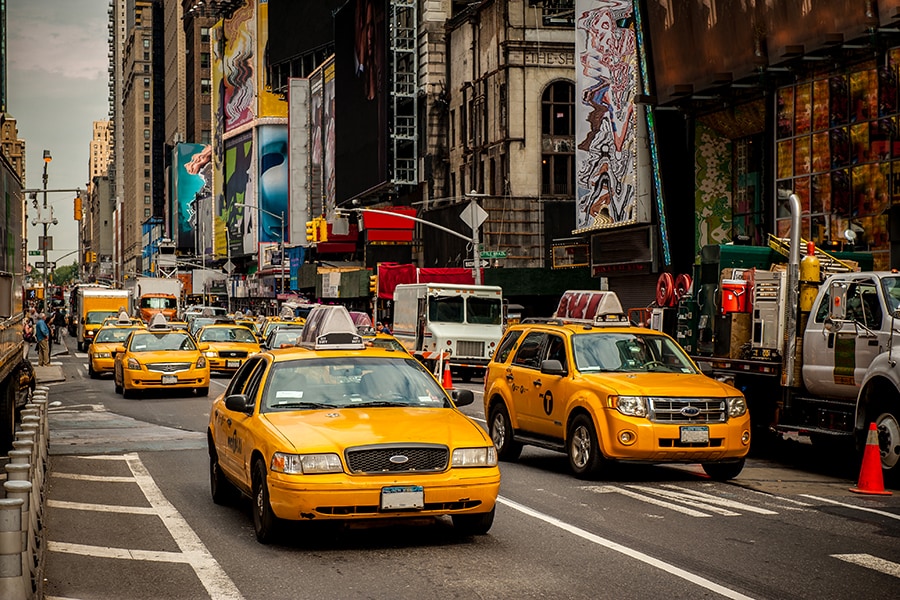
The tipping point: The subtle psychology and economics of taxi fares
Passengers hate mental math — and other lessons from one billion New York City cab rides
 Some studies indicate that people engage in tipping to increase the likelihood of better service in the future. But in New York, where there were more than 11,000 yellow cabs before the pandemic, the chances of getting the same driver twice are very low
Image: Shutterstock
Some studies indicate that people engage in tipping to increase the likelihood of better service in the future. But in New York, where there were more than 11,000 yellow cabs before the pandemic, the chances of getting the same driver twice are very low
Image: Shutterstock
From 2009 to 2013, Kwabena Donkor drove a taxicab through the heart of New York City to pay for college. It was a perfect stint while attending school, he recalls, because he wasn’t tied to a 9-to-5 that might keep him from an economics exam. It was during these trips that a seed for his recent scholarship was planted. “The personal experience helped me to ask questions beyond what one would just sit down and think abstractly about,” he says.
It always fascinated Donkor that even an uncomfortable or negative interaction with a passenger didn’t seem to affect whether and how much they tipped him. Why was that? He also began to wonder: Why do people even tip to begin with?
“The behavior of tipping in NYC cabs is not rational according to traditional economic models,” explains Donkor, now an assistant professor of marketing at Stanford Graduate School of Business. Classical economics assumes that customers are rational and self-interested. Yet the choice to pay for a service and then give something extra to the service provider is not exactly that. Some studies indicate that people engage in tipping to increase the likelihood of better service in the future. But in New York, where there were more than 11,000 yellow cabs before the pandemic, the chances of getting the same driver twice are very low.
Looking for another way to explain passengers’ decision to tip, Donkor turned to behavioral economics and its focus on social norms. “Tipping is not obligatory but discretionary. But because this norm exists, people don’t avoid it,” Donkor says. In a recent working paper, Donkor uses theoretical and empirical analysis to quantify the economic value of tipping in New York’s yellow cabs. “We know norms matter, but by how much? How do we figure out how binding it is?” he asks.
A fare share
It helped to have a dataset of 1 billion NYC taxi trips paid for with credit cards, which allowed Donkor to track how far passengers went and how much they tipped during a single year. He observed that a striking 97% of customers left a tip, which strongly suggested the presence of a norm. The “social norm tip” was around 20% of the total fare.
This piece originally appeared in Stanford Business Insights from Stanford Graduate School of Business. To receive business ideas and insights from Stanford GSB click here: (To sign up: https://www.gsb.stanford.edu/insights/about/emails)







